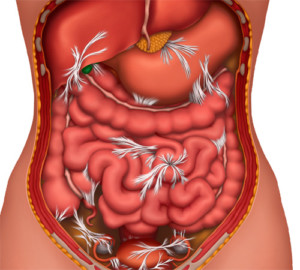
Adhesions develop when two bodily structures come across and connect to each other while normally they are not attached. The causes of adhesion development include surgery, trauma, radiations, abdominal or pelvic infections and sometimes congenital bands. The injured or traumatic sites involve healing process which may also cause sticking of adjusted structures with healing chemicals along with the healing of normal tissues.
How do adhesions develop? During healing process after surgery, trauma or radiation injuries fibrin deposits on to the injured tissues. This deposited fibrin causes the nearby tissues or organs to adhere to each other. In other words, fibrin works as a bridge between the two or more structures at the site of healed points. Naturally, human body is equipped with certain enzymes which dissolve the extra fibrin and prevent these adhesions. So, the adhesions develop when these enzymes are under-produced or damaged due to injury or radiations, leaving the fibrin to continue to deposit and bind the structures to each other.
Adhesions may develop anywhere in the body where some tissues are damaged or eroded after surgery or trauma. Some of the conditions that involve adhesions include:
Adhesive capsulitis: In this condition adhesions develop between the joint surfaces, leading to pain and hampered movements of the joint, e.g. shoulder joint capsulitis.
Abdominal and pelvic adhesions: In this case, adhesions develop between the internal organs like intestines and reproductive organs, leading to chronic pain, obstruction or reproductive problems in females.
Pericardial adhesions: These adhesions develop after heart surgery and bind adjacent structures like heart and sternum to each other, causing pain and risks for second surgery.
Peritendinous adhesions: These adhesions affect tendons and their sheaths, leading to compromised movements of the digits.
Peridural adhesions: Such adhesions refer to the adhesions affecting the spaces surrounding the spinal cord. After spinal surgery, bands develop in the peridural spaces leading to tethering and chronic spinal pain.

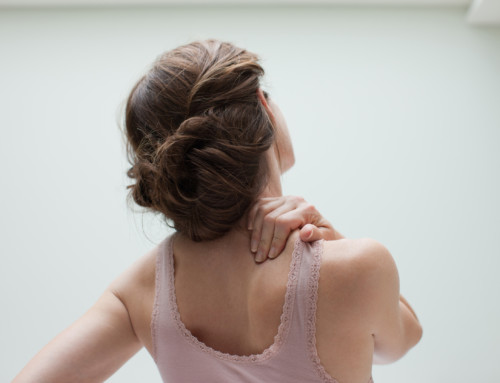
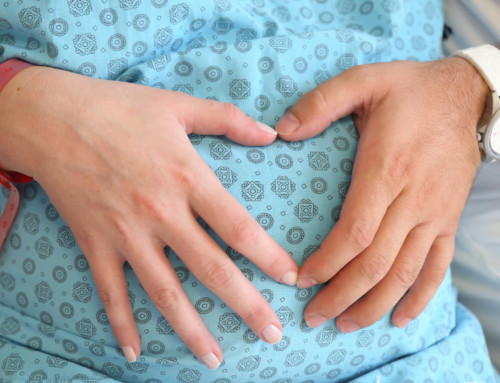
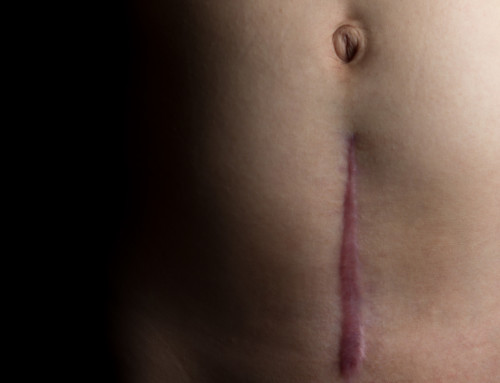
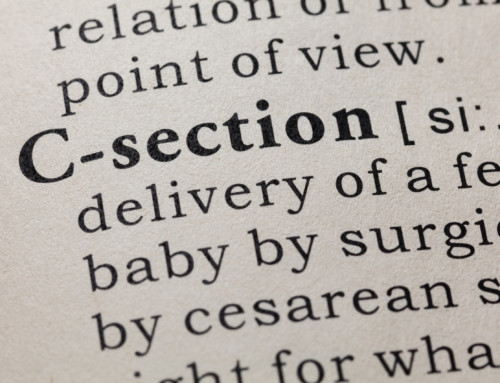
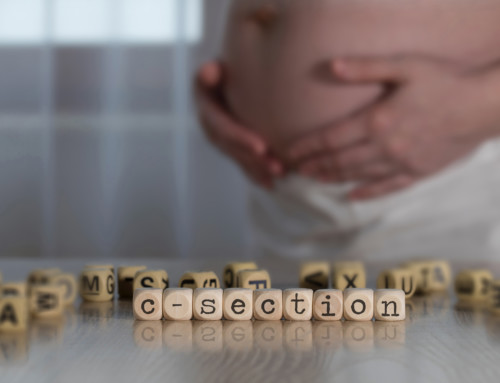
Leave A Comment